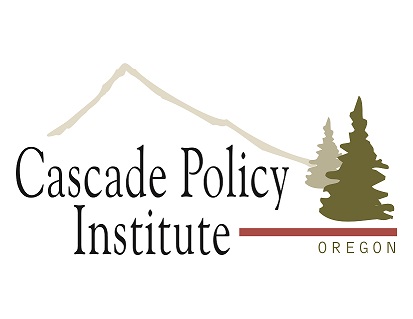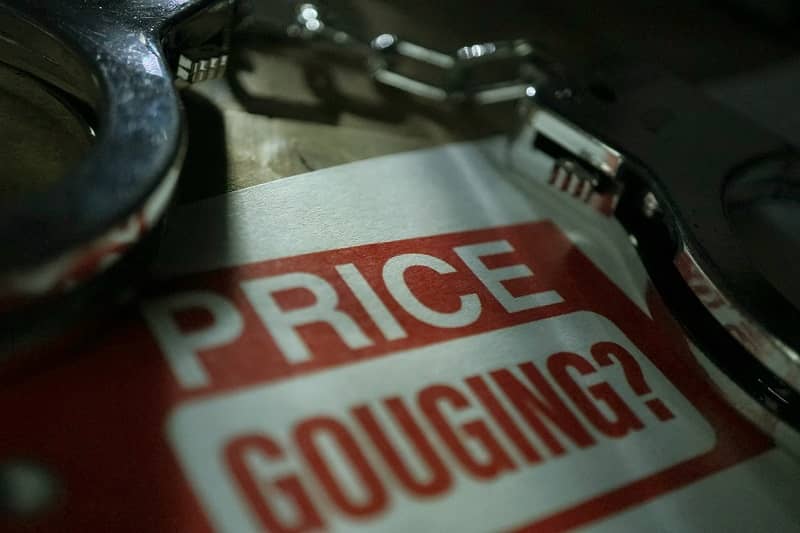
Last Thursday, the Senate approved an energy plan requiring large utilities to generate 10% of their electricity from renewable sources by 2020, financed in part by a small increase in electricity rates. Since renewables currently account for only 2 percent of electricity production, this would be a five-fold increase.
About half of all utility customers already have opportunities to purchase electricity output from wind, solar, and other renewable sources, through special “green power” programs. When surveyed, about 60 percent of utility customers say they would pay extra for this energy; but when it comes time to sign up, only about two percent actually do so. This is true even though the average added monthly expense is under $4.50.
The disparity between what people say they want and what they’re willing to pay for cannot be attributed to ignorance of green energy programs. On average, utilities spend 20 percent of the money they receive from renewable power options on marketing.
With 2 percent of the nation’s power being generated from renewable sources and 2 percent of customers choosing to buy green options, it appears that the electricity market is working. Mandating an increase in renewable production would result in a massive electricity tax on consumers, at a time when they are already struggling with high oil costs.
Congress should delete this requirement and allow consumers the freedom to choose their own power sources.
© 2006, Cascade Policy Institute. All rights reserved. Permission to reprint in whole or in part is hereby granted, provided the author and Cascade Policy Institute are cited. Contact Cascade at (503) 242-0900 to arrange print or broadcast interviews on this topic. For more topics visit the QuickPoint! archive.











